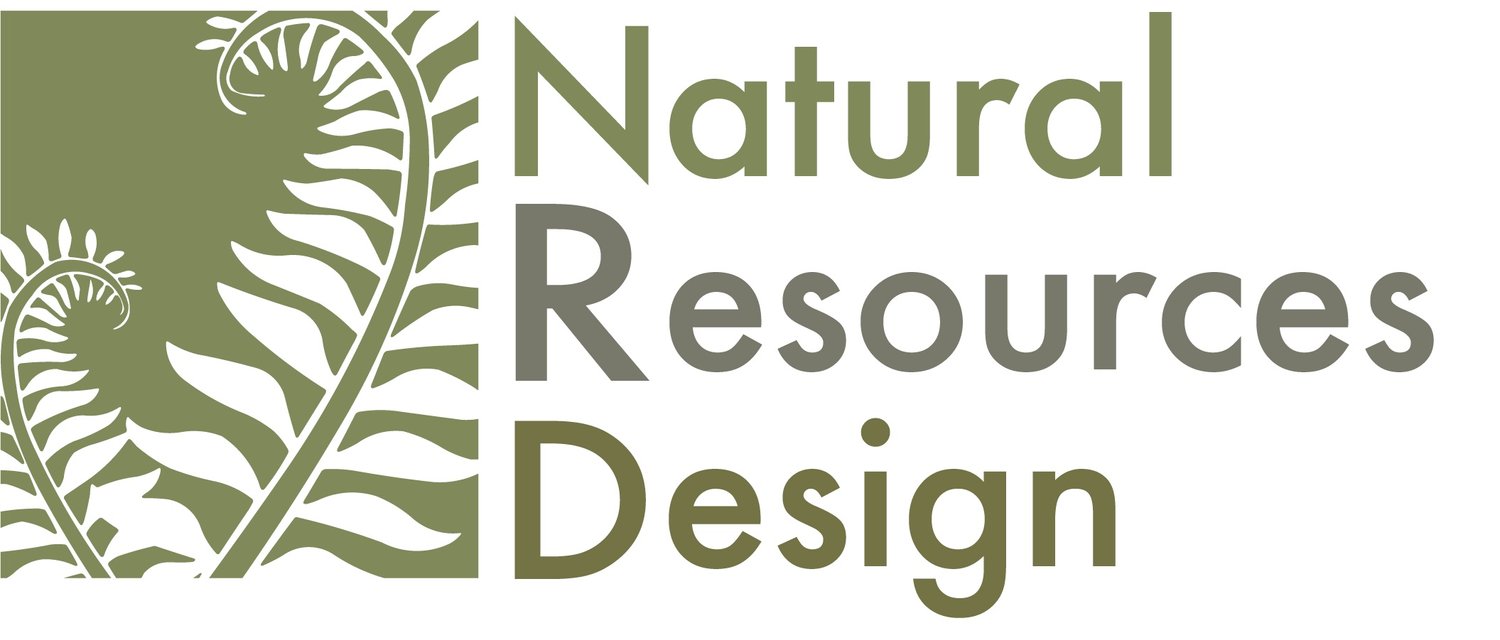Vision
Natural Resources Design, Inc. views each landscape as a collaboration between sound ecological and aesthetic sensibilities where thoughtful design creates beautiful, multi-season outdoor environments that simultaneously restore the visual, physical, and spiritual human connections to nature, nurture wildlife, and establish a positive trajectory for regenerating biodiversity and ecosystem function.
We believe each site has a unique character and story to tell that are deeply rooted in its richly layered geological, ecological and cultural histories. We strive to deliver meaningful and resilient designs that transform how people observe, experience and value the natural environment in which they live, work and play.
Our specialties include:
Place-based design informed by native plant communities and local ecosystems
Creative rainwater management (stormwater management)
Pollinator and other beneficial wildlife habitat gardens
Integrated edible landscapes
Community-based design
Ecosystem-based natural outdoor education and play spaces that foster a sense of environmental stewardship among our young ‘citizens of the world’
Inspiration
We embrace an ideal wherein the ecology, beauty and spirit of designed landscapes are not mutually exclusive.
Profoundly inspired by the field teachings of renowned landscape architect and champion of ecological landscape design Darrel Morrison, our benchmark is design that captures the essence of natural patterns and processes to evoke spiritual and multi-sensual responses to light, sound, movement, texture, color, and scent in the landscape. More than a mere destination or visual backdrop, the truly sustainable outdoor space is one in which we simply want to BE and PARTICIPATE as part of the living fabric and history of that space.
“There is sometimes a misperception that designing with native plant communities and natural processes is not sufficiently artful. In reality, it can be considered to be a new art form appropriate to the twenty-first century: ‘ecological art’, which is simultaneously aesthetically rich, ecologically sound, evocative of place and dynamic.” — Darrel Morrison, FASLA

